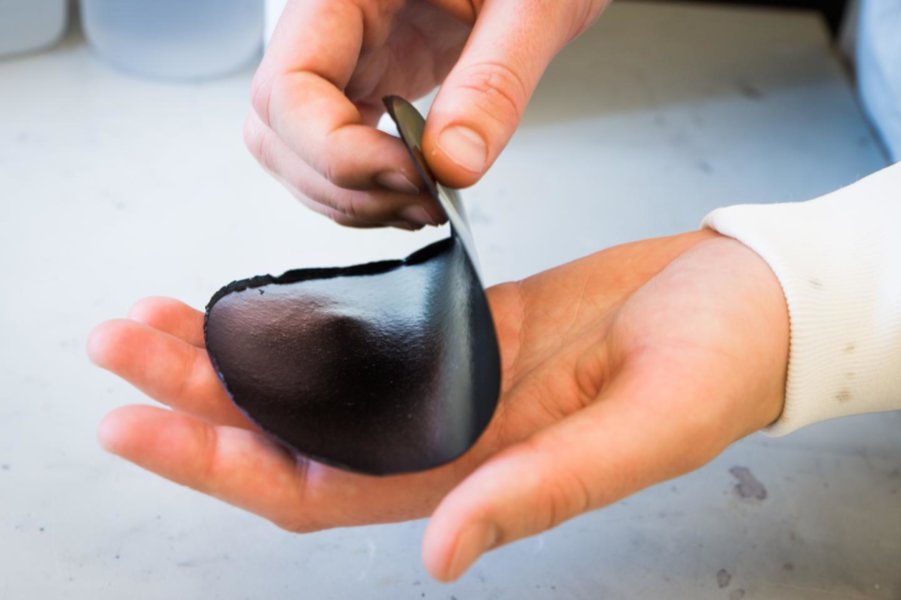Swedish scientists made supercapacitor paper

Engineers from the Laboratory of Organic Electronics at Linkoping University (Sweden) have developed a paper-like material that can accumulate an electric charge. The paper consists of nanocellulose and a conductive polymer.
In a circle with a diameter of 15 cm and a thickness of a few tenths of a millimeter, a charge of 1 F. accumulates. Moreover, the ability to give and accumulate a charge is not lost even after hundreds of cycles, and a full charge accumulates in a few seconds.
In this case, “paper” works as a supercapacitor - a hybrid of a capacitor and a chemical current source. The material is based on nanocellulose, which in water under high pressure splits into fibers with a thickness of not more than 20 nm. Then, PEDOT: PSS polymer is added to the solution.forming a film around the fibers. The water remaining in the structure serves as an electrolyte.
“Thin films capable of playing the role of capacitors have been known for some time,” said Xavier Crispin, professor of organic electronics and co-author of the work. - Our achievement is to obtain three-dimensional material. We can make this material of any thickness. ”
The paper is so strong that researchers even folded origami out of it, while the material retained its properties and did not tear. Despite all its interesting properties, expensive and environmentally harmful components are not required for paper production.
Researchers emphasize that their material set four “world records” for organic conductors. This is the maximum electric capacity and charge for organic matter, the current strength, the simultaneous conductivity of ions and electrons and the minimum resistance of the conductor.
Now researchers will develop technology for the industrial production of new material.
Earlier this year, South Korean scientists proposed a technology to improve the performance of supercapacitors , which simultaneously reduces the amount of garbage. They managed to convert cigarette butts into carbon material, superior in properties to the current materials used in power supplies.
